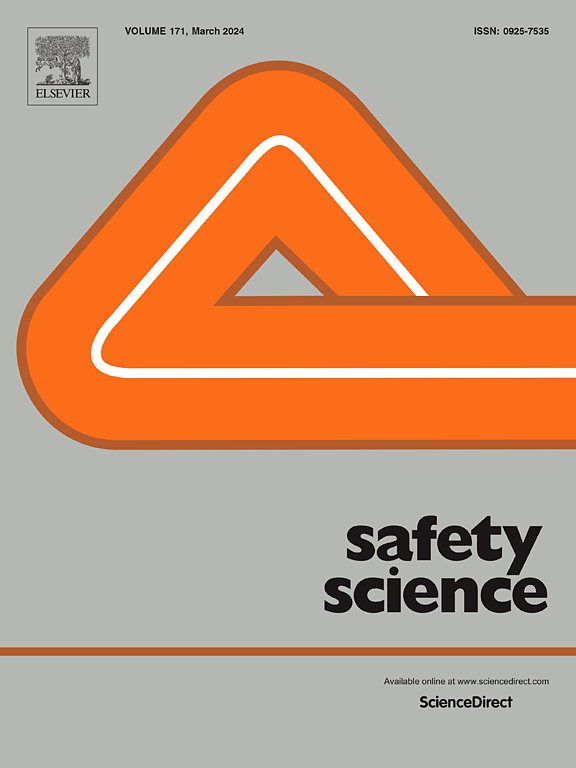Comparing impact kinematics and injury assessment between non-obese and obese occupants in the passenger bus rollover simulations
IF 4.7
1区 工程技术
Q1 ENGINEERING, INDUSTRIAL
引用次数: 0
Abstract
Rollover crashes are complex events that can result in severe injuries and fatalities. Despite their relatively low frequency, rollover crashes account for a disproportionate number of occupant fatalities and severe injuries. The ECE-R66 regulation ensures the design of passenger bus superstructures for rollover crashworthiness, but neglects considerations of occupant injury severity. Current finite element human body models (HBMs) only represent a limited range of occupant sizes and shapes, neglecting the significant effects of occupant stature and body shape on injury risk.
This study investigated the differences in impact kinematics between non-obese and obese occupants in bus rollover crashes using validated finite element (FE) models. We simulated the ECE R66 tilt table bus rollover test using a 50th percentile male Total Human Model for Safety (THUMS) and an obese THUMS FE model, representing adults with Body Mass Indices of 24 and 35, respectively. The simulations revealed that both models predicted a high head injury risk during partial ejection, while the obese occupant exhibited greater chest deflection and acceleration. Additionally, both models predicted a very low risk of neck and pelvis injury. The large body mass and thick, soft tissue of the obese occupant increased kinetic energy and influenced impact kinematics, leading to a higher probability of chest injury compared to non-obese occupants. This study offers key insights for designing safer passenger buses, especially for obese occupants. By enhancing occupant model accuracy, it paves the way for future research on diverse body types and injury mechanisms, aiding in the creation of inclusive safety regulations and technologies.
求助全文
约1分钟内获得全文
求助全文
来源期刊

Safety Science
管理科学-工程:工业
CiteScore
13.00
自引率
9.80%
发文量
335
审稿时长
53 days
期刊介绍:
Safety Science is multidisciplinary. Its contributors and its audience range from social scientists to engineers. The journal covers the physics and engineering of safety; its social, policy and organizational aspects; the assessment, management and communication of risks; the effectiveness of control and management techniques for safety; standardization, legislation, inspection, insurance, costing aspects, human behavior and safety and the like. Papers addressing the interfaces between technology, people and organizations are especially welcome.
 求助内容:
求助内容: 应助结果提醒方式:
应助结果提醒方式:


